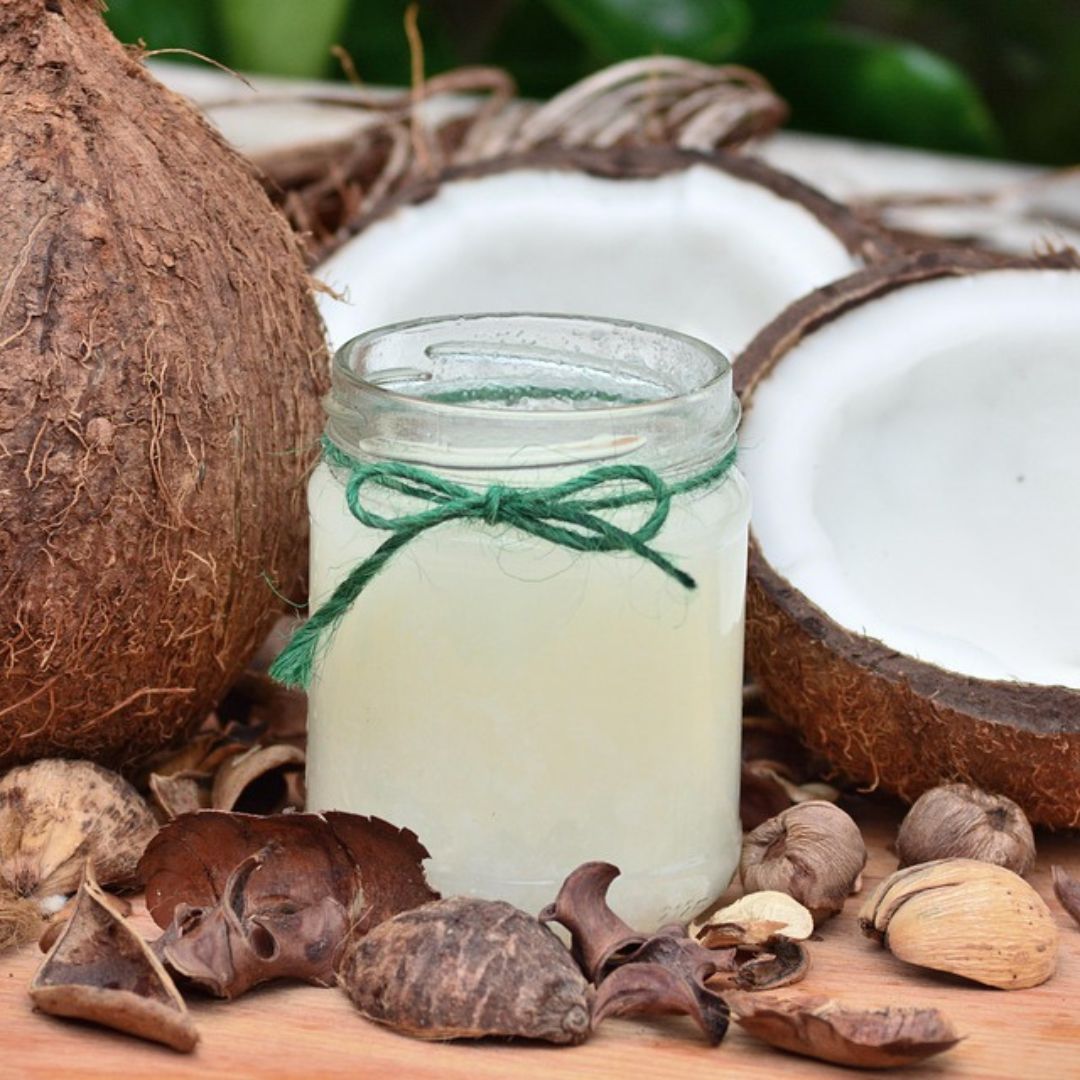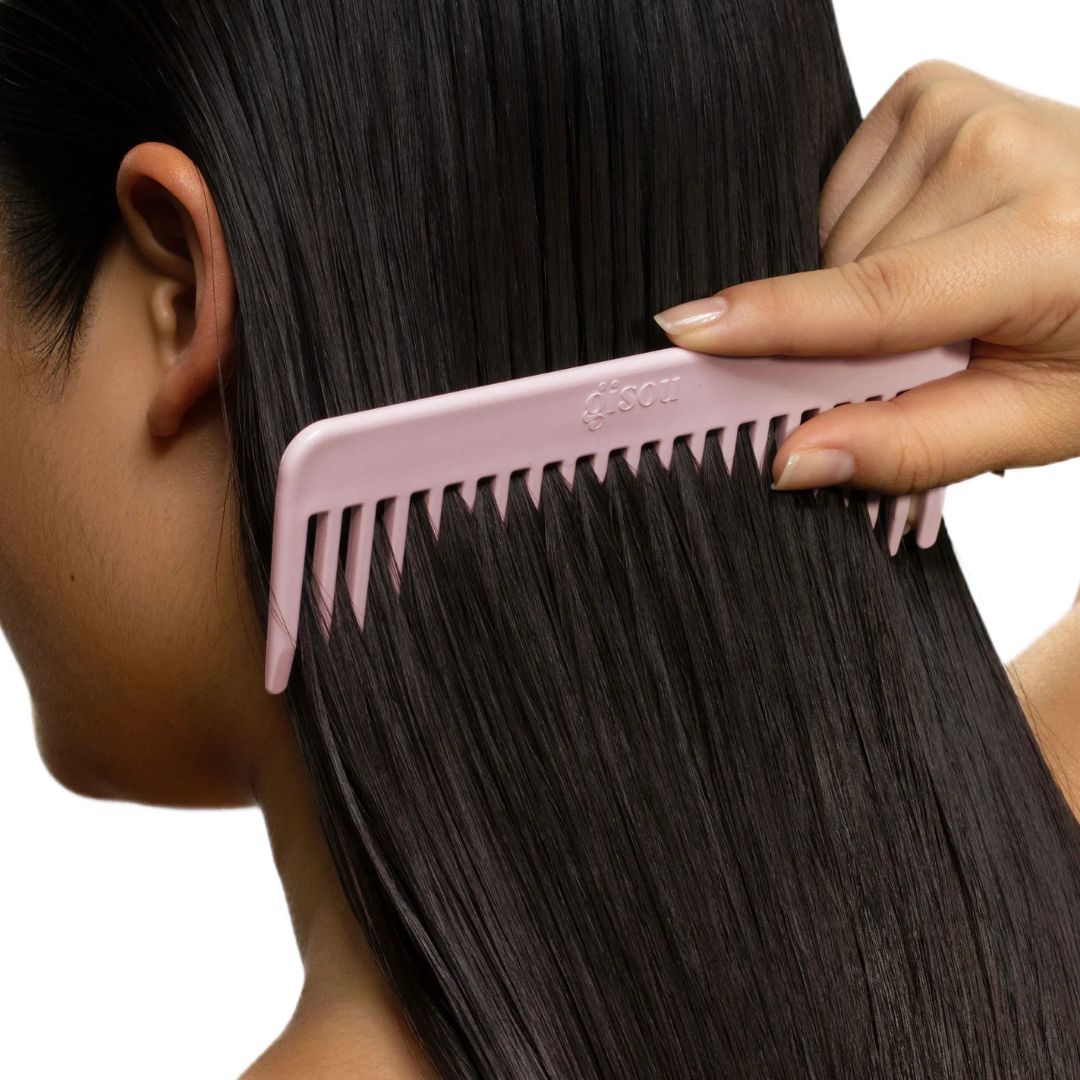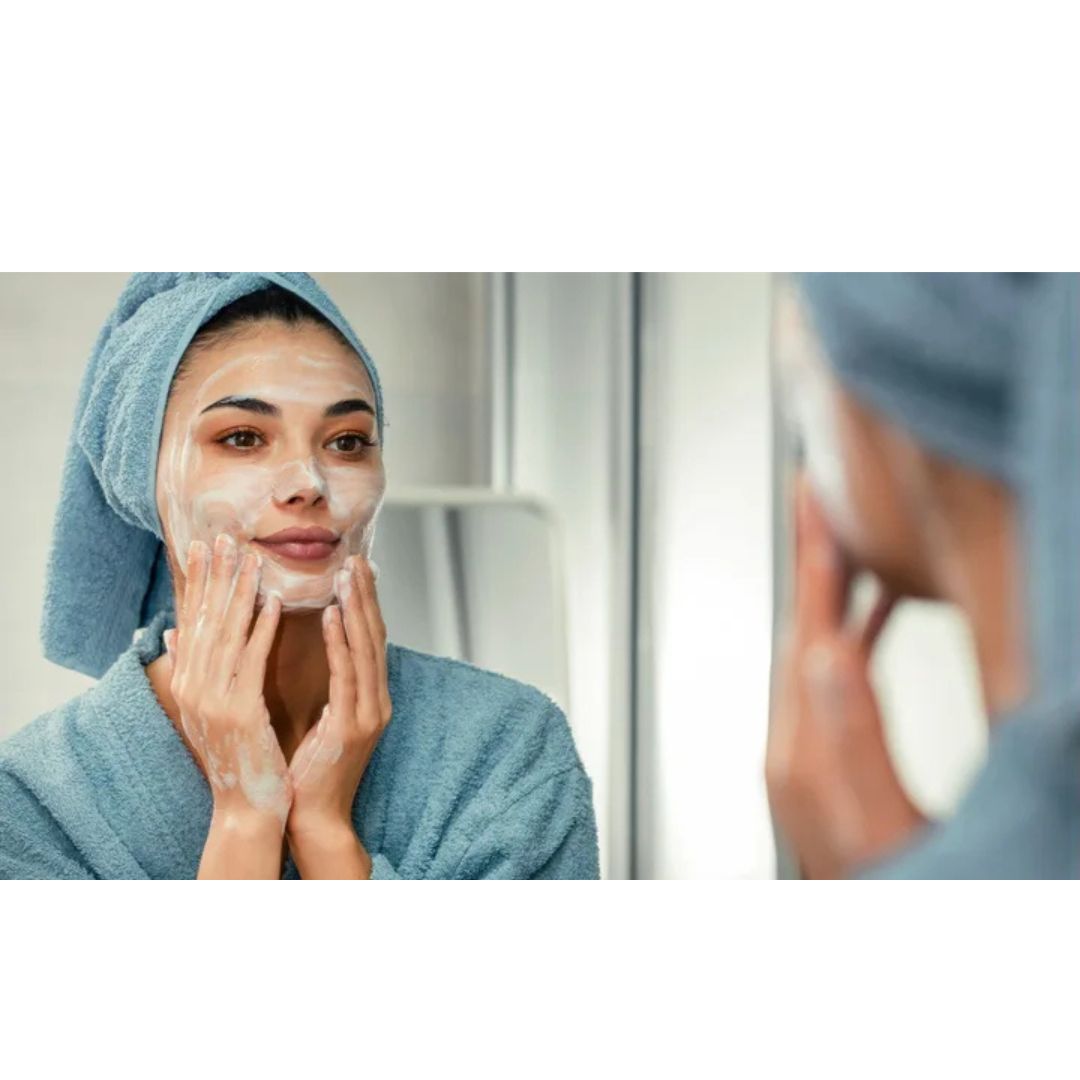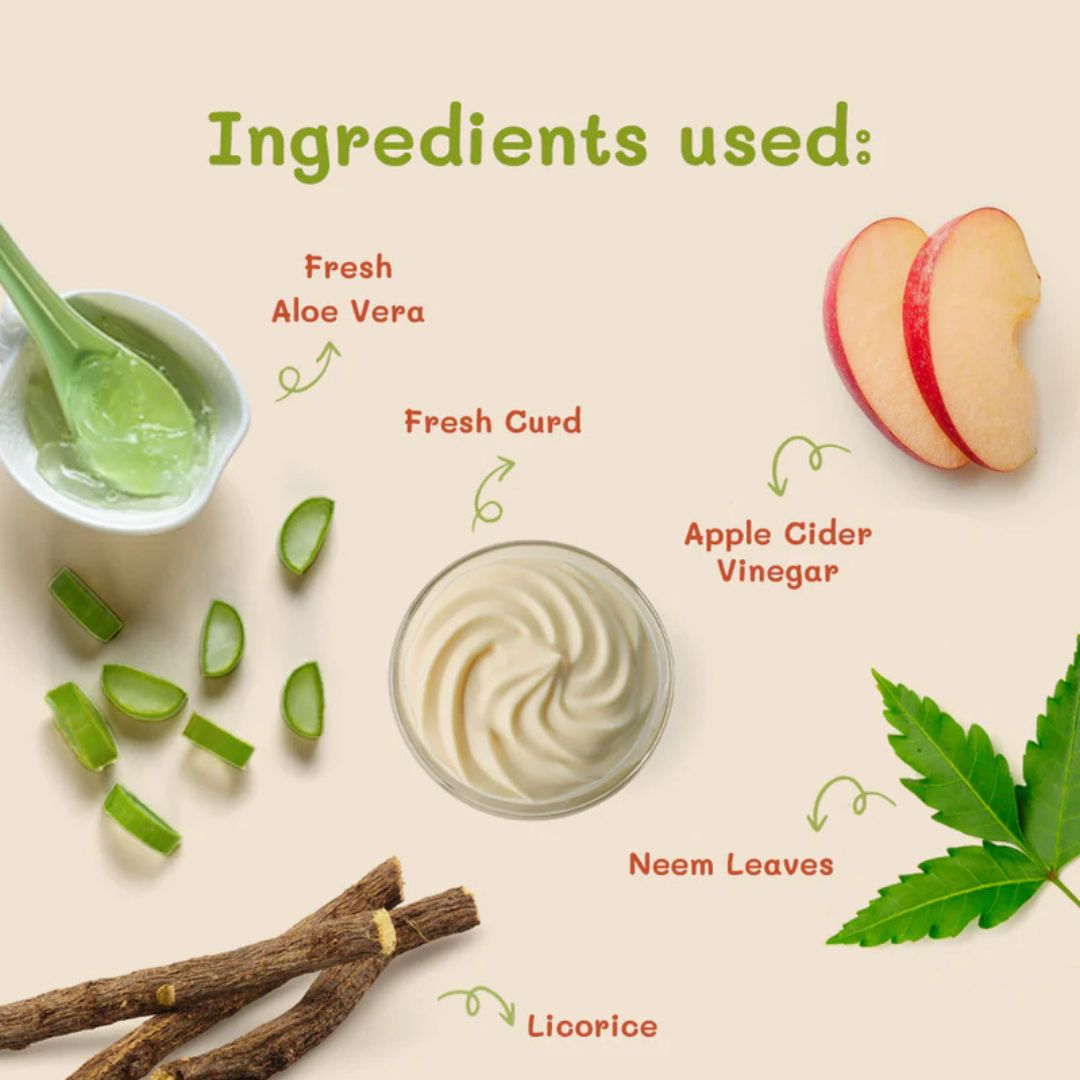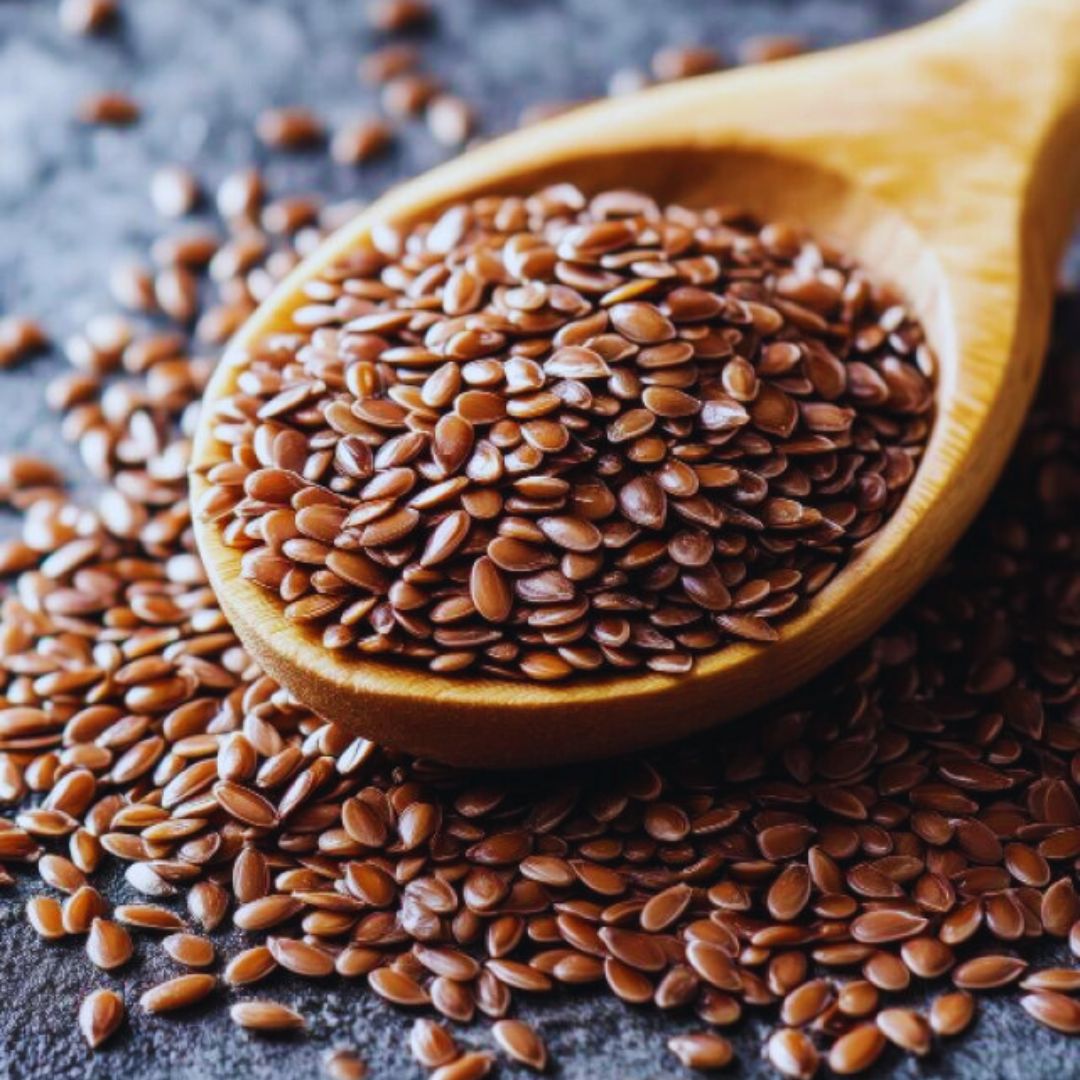The Hidden Side Effects of Skin Cleansing: What You Must Know Before You Wash (Be Careful For Your Face)
✨ Introduction (Be Careful For Your Face)
Skin cleansing is a vital part of every skincare routine. Whether you’re dealing with oily skin, acne, dullness, or dryness—cleansing is the first and most important step. It removes dirt, makeup, oil, and pollutants, giving your skin a clean canvas to absorb nutrients from other skincare products.
But is cleansing always good?
Surprisingly, no.
Like everything in skincare, too much or improper cleansing can do more harm than good. From over-cleansing to using the wrong product, cleansing errors can lead to serious skin concerns.
In this comprehensive blog, we’ll discuss the hidden side effects of cleansing, how to avoid them, and how to ensure you’re doing it right.
🧼 What is Skin Cleansing? (Be Careful For Your Face)
Before jumping into the side effects, let’s understand what cleansing really is.
Skin cleansing refers to the removal of:
- Dirt and debris
- Oil (sebum)
- Sweat
- Makeup residue
- Pollutants and toxins
- Dead skin cells
However, when cleansing is too frequent, done too harshly, or with inappropriate products, it disrupts your skin’s natural balance.
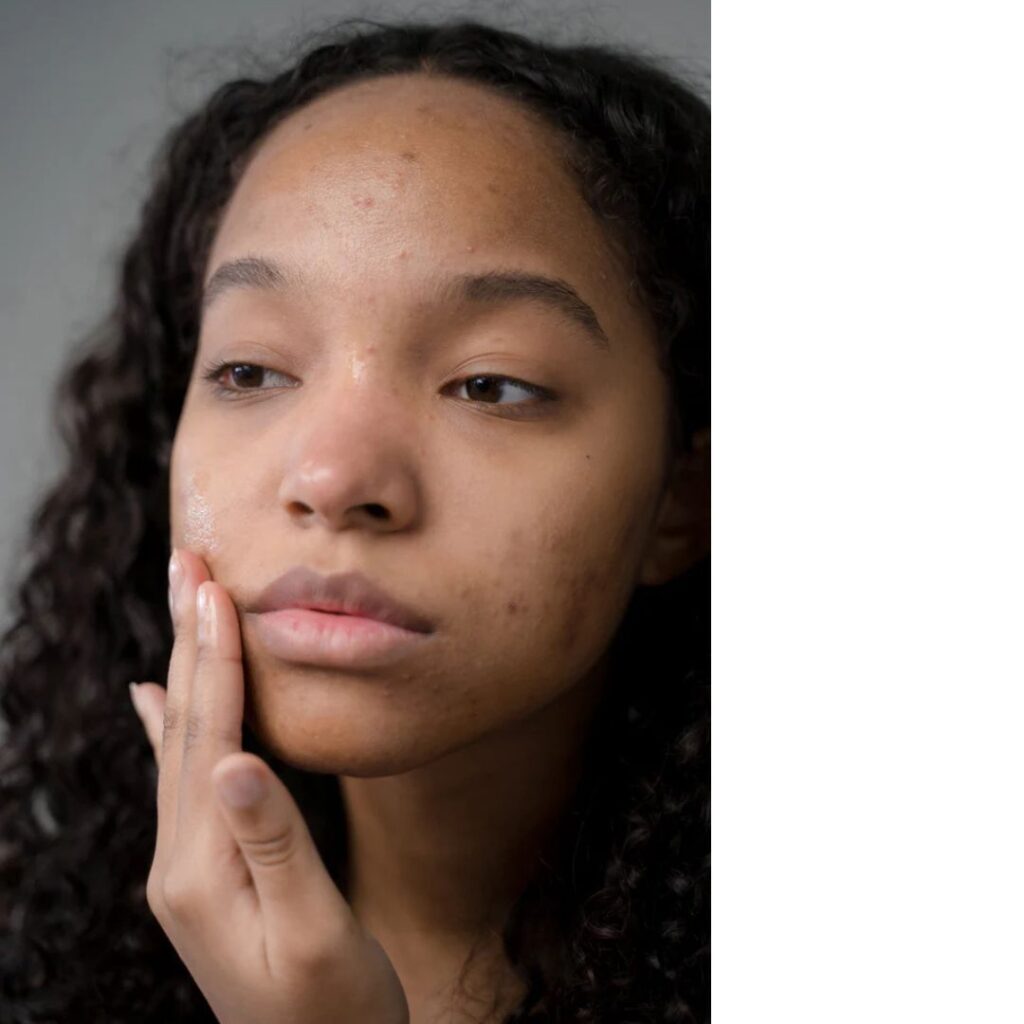
🚨 12 Side Effects of Skin Cleansing You Shouldn’t Ignore (Be Careful For Your Face)
1. Over-Drying the Skin
Cause:
Using harsh cleansers or cleansing too frequently strips your skin of its natural oils.
Effect:
- Tight, flaky skin
- Itchiness and rough patches
- Increased sensitivity
Solution:
Use a hydrating or gentle cleanser, especially if you have dry or sensitive skin.
2. Disruption of the Skin Barrier
Your skin has a protective outer layer known as the acid mantle or skin barrier. Over-cleansing can damage it.
Signs of a damaged barrier:
- Redness
- Peeling
- Burning sensation
- Increased breakouts
Tip:
Use pH-balanced cleansers and avoid soaps with high alkalinity.
3. Increased Oil Production
Yes, over-cleansing can actually make your skin more oily!
Why?
When your skin loses too much natural oil (sebum), it goes into “panic mode” and produces extra oil to compensate.
Result:
- Shiny, greasy skin
- More clogged pores
- Breakouts
Fix:
Stick to cleansing twice daily only and use an oil-balancing cleanser—not one that completely strips oil.
4. Acne Flare-Ups
Improper cleansing can lead to more breakouts rather than fewer.
How?
- Over-washing causes irritation
- Harsh scrubbing causes micro-tears
- Dirty hands or towels introduce bacteria
Advice:
Cleanse gently, use clean tools, and wash hands before touching your face.
5. Increased Sensitivity and Irritation
Sensitive skin types suffer the most from improper cleansing habits.
Triggers:
- Fragrance-filled cleansers
- Alcohol-based products
- Foaming cleansers with sulfates
Result:
- Redness
- Stinging
- Chapping or burning
Better option:
Go for fragrance-free, non-foaming, and hypoallergenic products.
6. Allergic Reactions
Many commercial cleansers contain preservatives, fragrances, and chemicals that can cause allergic responses.
Symptoms:
- Rash
- Hives
- Red bumps
- Itchy skin
Action:
Always do a patch test and read the ingredient list before using a new product.
7. Premature Aging Signs
Over-cleansing can speed up skin aging by breaking down collagen and natural moisture levels.
Symptoms include:
- Fine lines
- Dry, crepey skin
- Dull complexion
Skin tip:
Choose anti-aging-friendly cleansers that contain antioxidants and hydrating ingredients.
8. Breakouts from Product Residue
Ironically, sometimes cleansing causes breakouts—not because of the cleanser, but because of poor rinsing.
If cleanser is not washed off properly:
- It clogs pores
- Traps dirt
- Causes tiny breakouts or texture issues
Solution:
Always rinse with lukewarm water thoroughly and pat dry with a clean towel.
9. Microtears from Over-Exfoliating Cleansers
Exfoliating cleansers with physical beads or scrubs can cause microtears in your skin.
Result:
- Broken skin
- Inflammation
- Entry point for bacteria
Rule:
Use exfoliating cleansers only 1–2 times per week.
10. Skin Feels Tight or Itchy After Cleansing
That squeaky-clean feeling isn’t good—it’s a sign that your cleanser is too strong.
This usually means:
- Skin’s natural oil barrier has been stripped
- Skin is vulnerable to infection and dryness
Upgrade to:
Creamy or gentle cleansers with ingredients like glycerin, aloe vera, or ceramides.
11. Dark Spots and Pigmentation Worsening
Cleansing too hard—especially on acne-prone skin—can worsen post-inflammatory hyperpigmentation.
This happens when:
- You scrub or use hot water
- You irritate existing acne or scars
- You pick at your skin during cleansing
Tip:
Be gentle. Don’t rub or tug. Pat your face dry.
12. Skin Breaks Out After Trying a New Cleanser
If your skin suddenly breaks out after starting a new cleansing product, it could be:
- A reaction to ingredients
- A phase of skin purging (if the cleanser contains active acids like AHA/BHA)
- A case of overuse or wrong timing
What to do?
Observe for 1–2 weeks. If symptoms worsen, stop use immediately and switch to a safer, tested product.
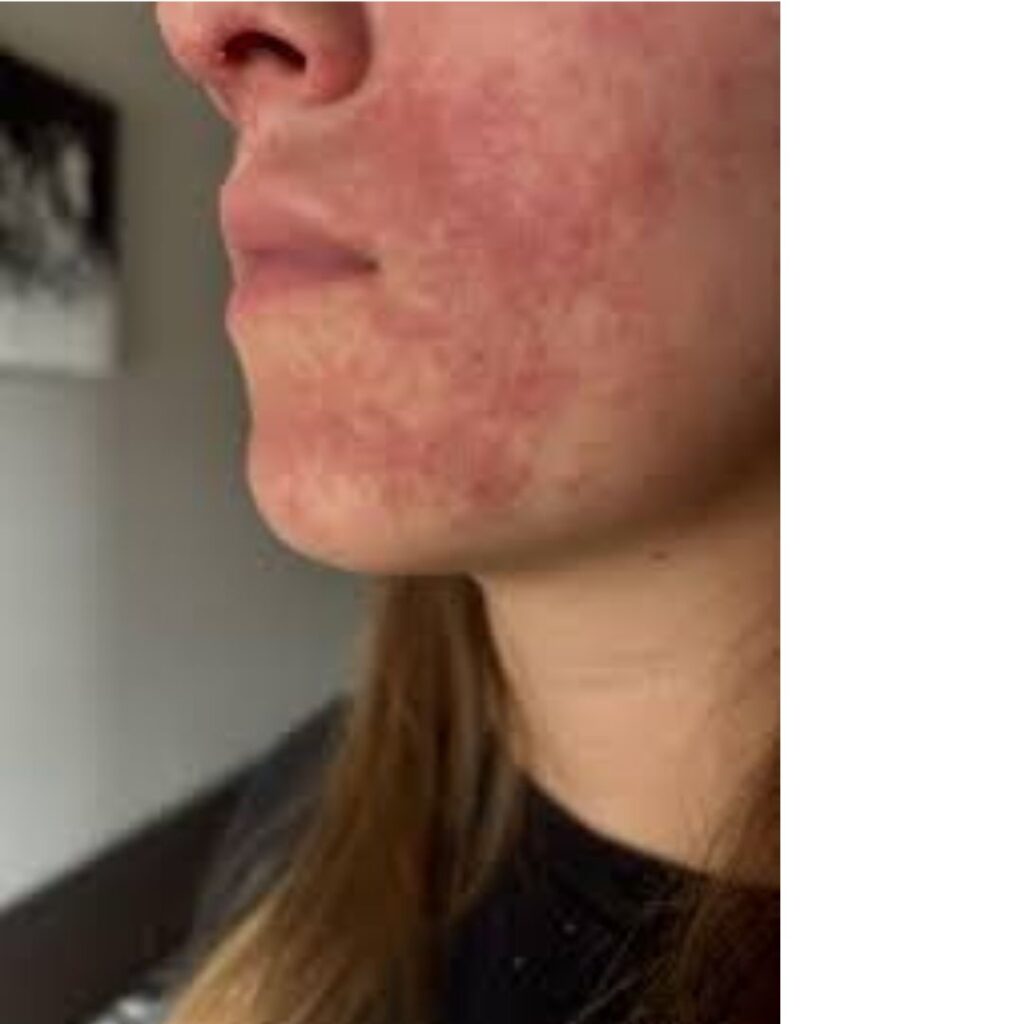
🧴 Common Ingredients That Cause Cleansing Side Effects (Be Careful For Your Face)
Avoid these harsh or controversial ingredients:
| Harmful Ingredient | Why It’s Bad |
|---|---|
| Sulfates (SLS/SLES) | Over-drying, foaming agent |
| Alcohol | Causes dryness and irritation |
| Fragrance | Common allergen and irritant |
| Parabens | Linked to hormonal imbalance |
| Artificial Dyes | Irritating to sensitive skin |
✅ How to Avoid Cleansing Side Effects (Be Careful For Your Face)
Here are some pro tips to help you avoid the common pitfalls of cleansing:
- Know your skin type – Choose cleansers accordingly
- Stick to twice daily – Morning and night only
- Avoid hot water – Use lukewarm water
- Pat, don’t rub – Especially when drying your face
- Never sleep with makeup – Always cleanse at night
- Check pH balance – Use cleansers close to skin’s pH (~5.5)
- Read labels – Look for “non-comedogenic”, “hypoallergenic”, “fragrance-free”
🧪 What to Do If Side Effects Occur (Be Careful For Your Face)
If you experience irritation, redness, or breakouts after cleansing:
- Stop the product immediately
- Switch to a basic gentle cleanser (e.g., Cetaphil, CeraVe)
- Avoid exfoliating for a few days
- Apply aloe vera gel or a barrier cream
- Consult a dermatologist if the issue persists
🌿 Natural & Safe Alternatives for Cleansing (Be Careful For Your Face)
Prefer something gentler? Try these:
- Raw Honey – Antibacterial and hydrating
- Aloe Vera Gel – Soothing and cooling
- Cucumber Juice – Refreshes the skin
- Oatmeal Cleanser – Ideal for sensitive or inflamed skin
- Milk Cleanser – Gentle and hydrating
🔄 Summary Table: Cleansing Side Effects At a Glance (Be Careful For Your Face)
| Side Effect | Common Cause | Preventive Tip |
|---|---|---|
| Dryness & Tightness | Over-cleansing | Use gentle, hydrating cleanser |
| Breakouts | Harsh scrubbing or residue | Rinse thoroughly, be gentle |
| Redness or Irritation | Fragrance, alcohol | Use hypoallergenic products |
| Oiliness | Over-stripping oils | Choose oil-balancing cleanser |
| Allergic Reactions | Harsh ingredients | Patch test new products |
| Premature Aging | Skin barrier damage | Use pH-balanced cleansers |
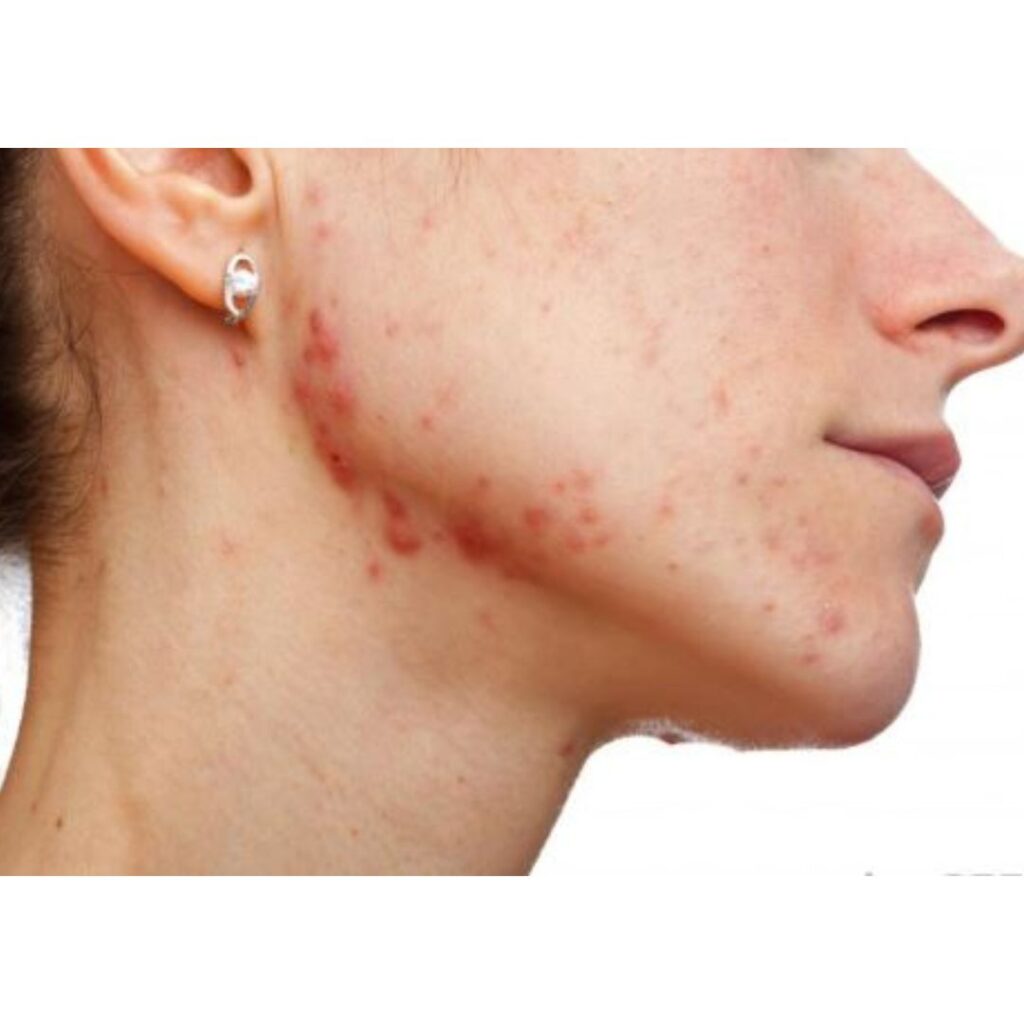
🔚 Final Thoughts (Be Careful For Your Face)
Cleansing is essential, but it’s a double-edged sword—when done right, it keeps your skin healthy and glowing; when done wrong, it invites breakouts, irritation, and premature aging.

